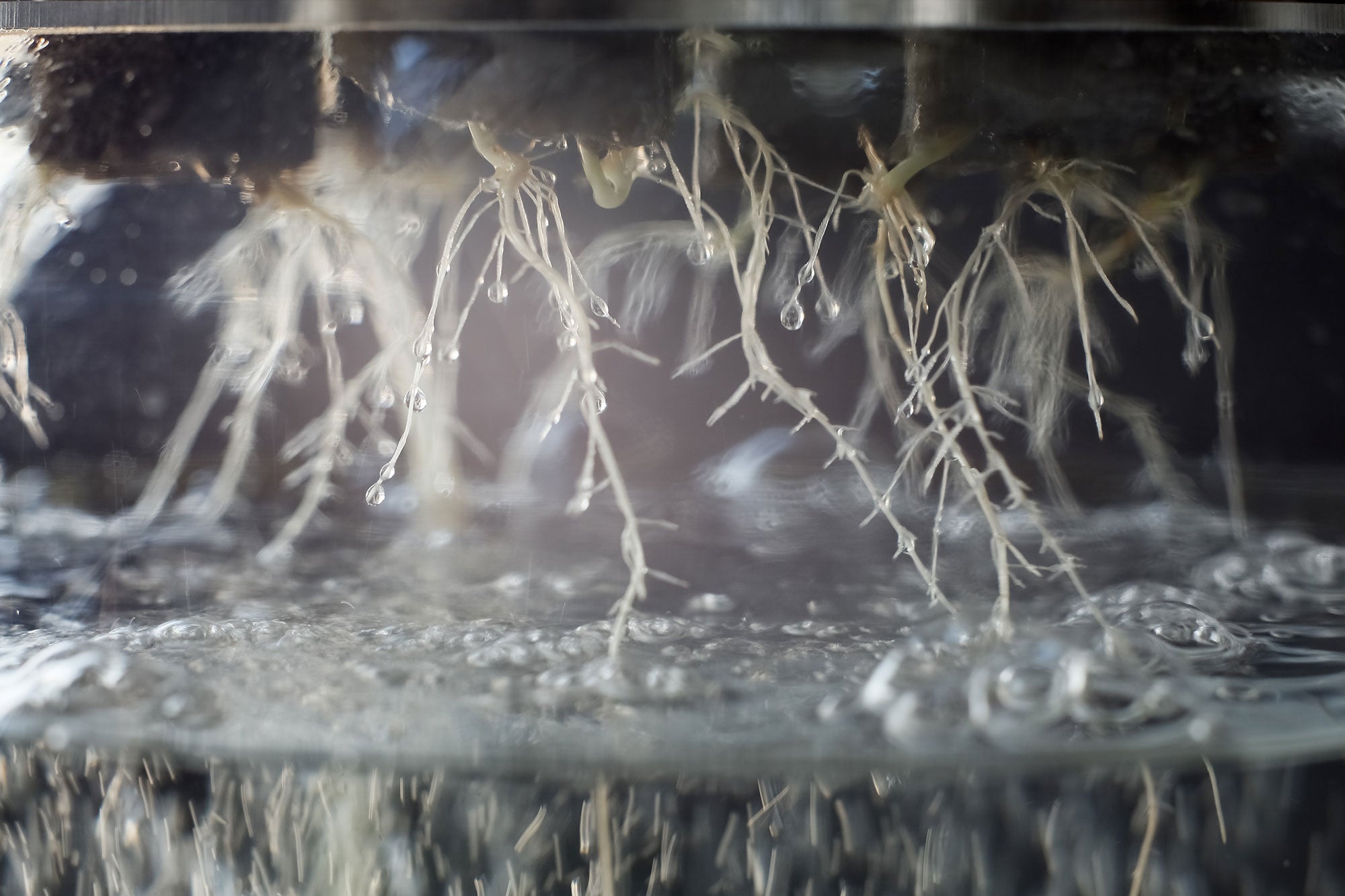Can plants talk? Yes, really. Here’s how, says a National Geographic article from April 2023 by Allie Yang. Yang claims “if you’ve ever smelled freshly mowed grass, you’ve communicated with a plant.” A familiar scent to most people, I imagine. Cut grass releases gaseous chemicals that some scientists say is a distress signal. It certainly is to some people who are allergic to the scent. Or maybe it’s a handy excuse to get out of the mowing job?
I think you probably already see I am a bit skeptical of “plant talking” talk. But I have been enough intrigued by such articles that I bought a new book by a science writer who travelled the world to talk to scientists about the latest research concerning plant communication — The Light Eaters by Zoe Schlanger. I was amazed to learn that a large amount of time and money is being spent by researchers around the world trying to unravel how plants “think.”
“Plants thinking,” I believe, is a bit over the top. We all know plants grow toward the light. Some say they are “seeing” the light. But they have no eyes, only photoreceptors. So does a plant in the window bend toward the best light because it thinks about it, or because it’s built into its DNA to seek light in order to produce food for growth? We farmers know fields planted too thickly will grow plants taller than fields sown thinly. Why? Because the thickly sown plants, deprived of good light, lengthen their internodes to try to grow taller than their neighbors. Are the plants thinking “I must grow longer cells to reach the light” or are they responding to pre-programed signals in individual cells?

When wheat lodges before the crop is mature, the lodged plant will bend upward by lengthening its cells on one side of an internode. How do cells decide who grows long while the neighbor stays short? Is there some sort of decision making organ, a “brain”? No one has ever found one, or neurons and a nervous system. But, Schlanger writes, “Glutamate and glycine, two of the most common neuro transmitters in animal brains, are present in plants also, and seem to be crucial to how they pass information through their stems and leaves. … Plants [also] produce electrical impulses, and seem to have nodes at the tips of their roots that serve as local command centers.”
Pinch a leaf with tweezers and an electrical pulse will be generated and pass through the leaf to the roots. Does this mean plants feel pain? To feel pain you have to have pain receptors. Nothing like that has been found in plants. We humans have pain receptors everywhere, except in our brains. Our brains have none, yet are full of electrical impulses. Brains are so pain-free they can be operated on without anesthetics.
One researcher wanted to see if plants responded to touch. So every day he rubbed the stem of a potted plant he had. After a while the stem grew thicker in that spot, and he concluded plants respond to touch. I can answer this one. Two tree limbs that rub together every day will develop protective callouses. A lawn that is traversed every day in the same spot will stop growing — a path is formed. Yes, plants respond to repeated touch.
That plants communicate with chemicals (hormones) is well known and studied. Auxin — indole acetic acid, abbreviated IAA — is one of the most important and has been shown to control cell division, cell growth, and cell differentiation, in response to light, temperature, and environmental conditions such as drought. It is found in every cell in varying concentrations and influences how the cell grows and what kind of plant structure it becomes — root, stem, leaf, flower, etc.

There are other hormones that go into action when stresses such as insects, diseases or environmental are encountered. Jasminic acid is produced by some plants attacked by chewing insects, releasing volatile compounds that attract parasitic insects. Detection of these volatiles by nearby plants can also rev up their defenses. In this sense, the damaged plant is communicating with its neighbors.
But are these hormonal responses triggered by conscious thinking? That is the question the scientists whose research is described in The Light Eaters are trying to answer. My thought is this: The human body responds to all sorts of things that don’t require conscious thinking. Consider the immune system, always on the prowl for things that could cause us harm. And when potential harm is encountered, action is initiated without any conscious action on our part. Or consider what happens when we accidently cut ourselves. Blood clots to seal the wound, and repair mechanisms rush to the scene. All this is controlled by our genes, our DNA, with no conscious input from our brain.
Scientists who work on plant communication justify their work as trying to discover new ways plants can be improved through genetics to enhance yield and/or put less demands on the environment. Can’t argue with those goals.
Jack DeWitt is a farmer-agronomist with farming experience that spans the decades since the end of horse farming to the age of GPS and precision farming. He recounts all and predicts how we can have a future world with abundant food in his book “World Food Unlimited.” A version of this article was republished from Agri-Times Northwest with permission.



